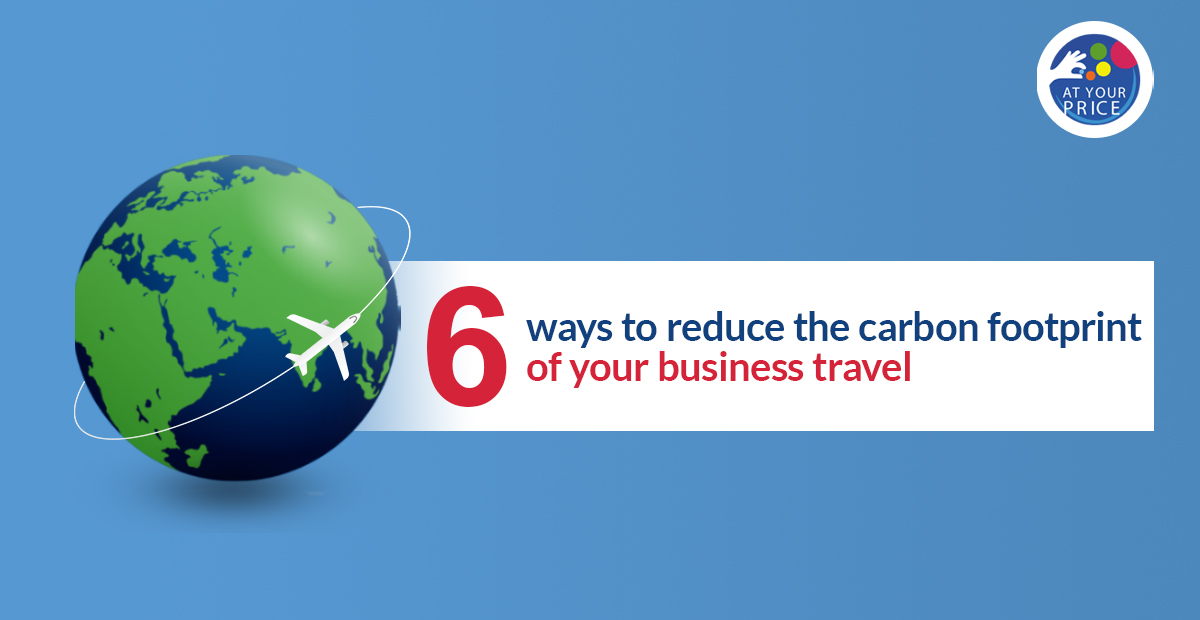As the economic recovery gains pace after the pandemic, we are witnessing a steady rise in business travel.
Previously organizations have only implemented policies to manage the costs of travel. However, nowadays companies are also fixated on how much carbon is being emitted because of their employees’ use of flights, cars, etc., for various business needs.
Incorporating environmental sustainability into business travel can help achieve several objectives, including cutting wasteful spending, reducing regulatory exposure, and building a culture of responsible corporate citizenship.
Here are several ways to simultaneously reduce the carbon footprint and cost of your company’s business trips.
• Schedule virtual meetings
The most effective way to reduce the carbon footprint from business travel is to avoid it altogether unless necessary. Virtual meetings save the organization time and money, along with bringing down its carbon footprint. Aside from that, virtual meetings have proven to be popular among employees, as it saves them the hassle of travelling.
• Encourage alternative modes of transportation
According to Reuters, flights account for about 90% of business travel emissions. So, it would be prudent to ask your employees to prefer environment-friendly transportation for business travel. According to the research, travel by train or bus is up to 90% more carbon-efficient than air travel.
• Create a sustainable business travel policy
On average, traveling in business class almost doubles the carbon emissions. Having a travel policy that offers incentives for choosing sustainable and cost-efficient means of transport will go a long way in helping companies cut down on their carbon footprint.
Ensuring that your travel policy is focused on sustainability will also help you in getting your company various tax breaks that have been put in place by governments with a green agenda.
• Evaluate the impact of your business travel
Organizations should use a carbon footprint calculator to measure the impact of business travel on the environment. With such a tool, you can assess where most of your company’s carbon emissions are coming from and where improvement can take place. Utilizing a carbon footprint calculator is also a great way to assure investors of your commitment to long-term climate action.
• Choose carbon-neutral airlines
“Creating a sustainable aviation industry is perhaps the greatest challenge for the sector since the invention of the airplane.” —Bryan Del Monte- Former pilot and president of The Aviation Agency.
Major companies are setting aggressive carbon-reduction goals across their operations, significantly cutting carbon footprint from business travel. In fact, some major airlines are implementing carbon offset programs to mitigate carbon emissions from their airline operation. So, organizations can choose carbon-neutral airlines to achieve sustainability goals for the benefit of the environment.
• Electric vehicles- smart choice to reduce carbon footprint
Electric vehicles are the wise choice for a lesser carbon footprint. Businesses can reduce carbon emissions by encouraging employees to use electric cars or bikes for business trips. Include electric vehicles in your company travel policy, so your business travelers can bring a positive impact on the global and local environment.
Conclusion
Companies should promote sustainable travel practices to offset their carbon footprint. When business travel is necessary, organizations can prefer sustainable transport – switching from aviation to rail for shorter journeys, avoiding business class flights for longer trips, and identifying low-emission airlines. Further, you need to ensure that business travel is only considered when there is no other option.
Tackle your business travel costs and carbon emissions and start making a difference with our sustainable business travel management platform.
Schedule an AtYourPrice demo today by emailing marketig@infinitisoftware.net!



